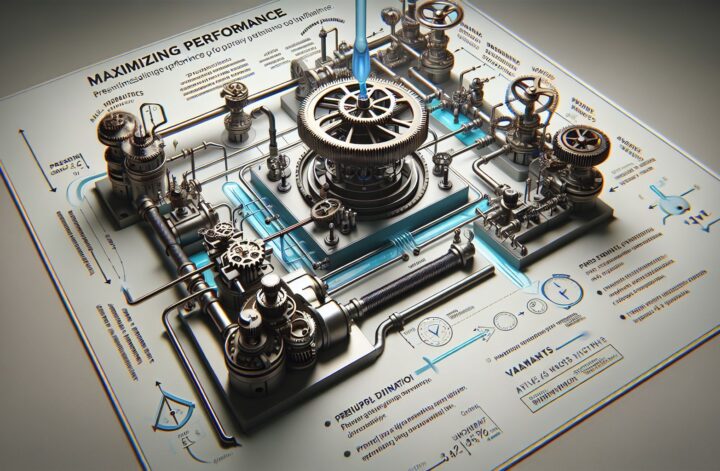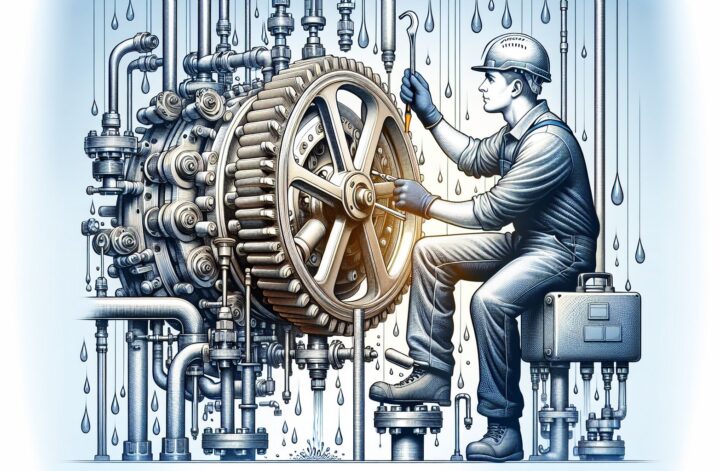In today’s fast-paced world, it’s crucial to push for efficiency in every aspect of your business. For those of you involved in the control of hydraulic or pneumatic systems, the valve is a key component in your operations. Therefore, devising ways to improve its control efficiency is an excellent step towards overall system optimization.
Why Valve Control Efficiency Matters?
First, let’s start with why valve control efficiency is essential. A valve control system’s main job is managing flow rates, allowing a certain amount of fluid to pass to achieve the desired output.
This passing fluid is either gas, oil, water, or some other substance required for a machine or system to operate. A maximally efficient valve control system minimizes wastage and protects the associated machinery while ensuring optimal performance. Hence, the efficiency of a valve control system directly impacts productivity, cost savings, and equipment longevity.
Improving Valve Control Efficiency
There are several ways to enhance valve control efficiency, and I’m eager to share these with you.
1. Regular Monitoring and Maintenance
Routinely checking your valve control system is an easy yet effective way to improve efficiency. Regular inspections will spot potential issues—like leaks or valve damage—that can reduce efficiency. A scheduled maintenance plan can also greatly help in preventing overall system failure due to a poorly operating valve (source).
2. Selecting the Right Valve
Not every valve type is suitable for all applications. In other words, choosing the right valve for your system is critical. Things like the nature of the fluid, pressure requirements, and environmental conditions must be considered when selecting your valves.
3. Automate Where Possible
Valve control automation is a practical method to improve system efficiency. Automated valves facilitate precise control, reducing labor requirements, and minimizing the risk of human error (source).
4. System Integration
Integrating your valve control system with a digital control system will offer better monitoring capabilities, enhancing efficiency. For instance, you can use artificial intelligence to predict component failure, thus prompting proactive maintenance.
Challenges of Achieving Valve Control Efficiency
While the path to achieving valve control efficiency looks promising, there are challenges. These include the high upfront cost of system improvements, such as installing automated systems, and the lack of understanding of how to best optimize valve control systems.
However, these challenges should be seen as an investment towards improved efficiency, rather than obstacles. The initial cost of upgrading your system will pay off with better performance and significant savings in the long run.
Conclusion
In conclusion, valve control efficiency is an essential aspect of optimizing hydraulic or pneumatic systems. By focusing on regular maintenance, choosing the correct valve type, integrating automation technology, and coupling it with system intelligence, you can substantially improve your valve control system’s efficiency.
Despite the challenges, remember that the focus is on the long-term benefits. Improved efficiency means better performance, reduced waste, and cost savings. In a world where we have to do more with less, these are benefits we can’t ignore.
Here’s to a more efficient and productive future for your valve control system!
Sources:




